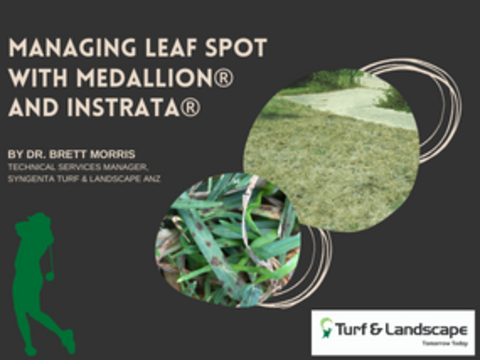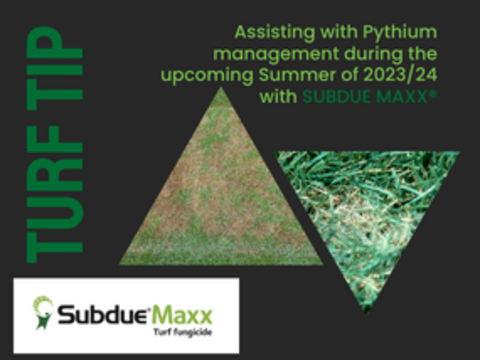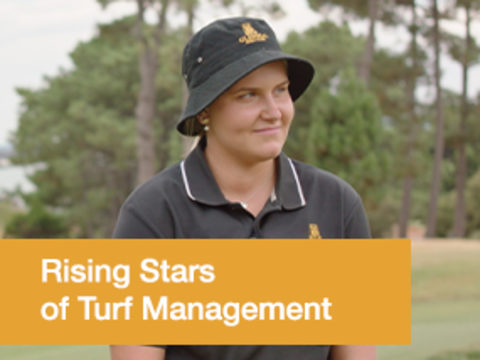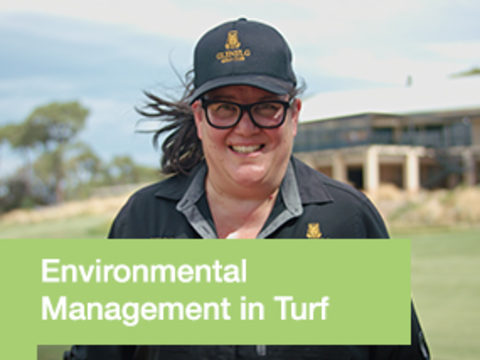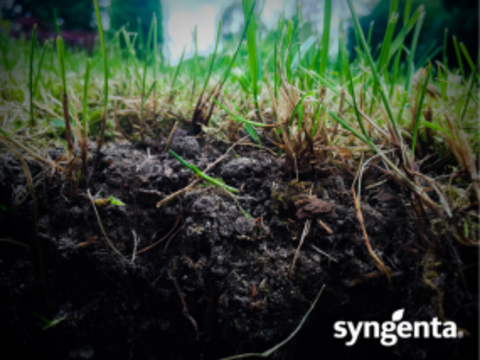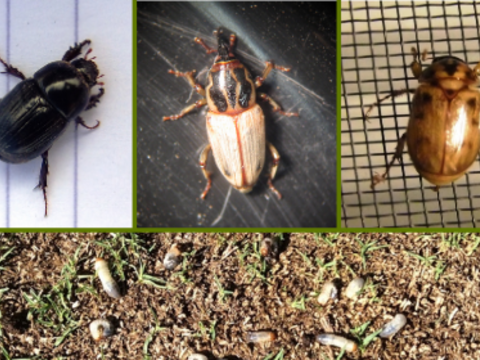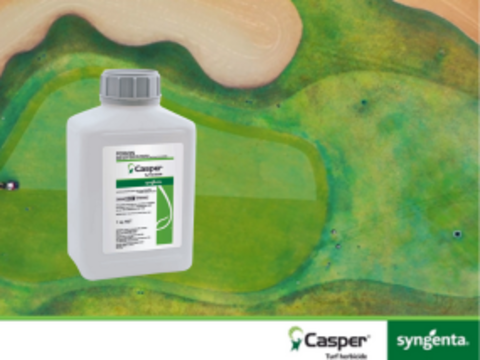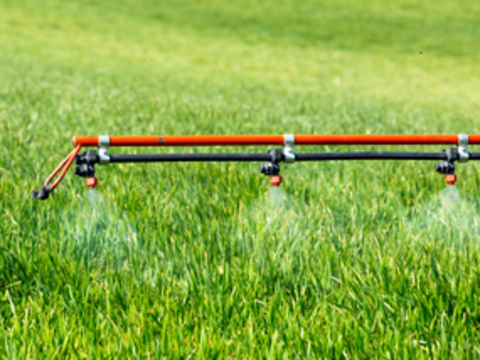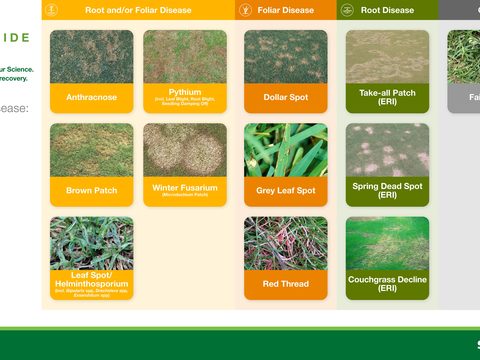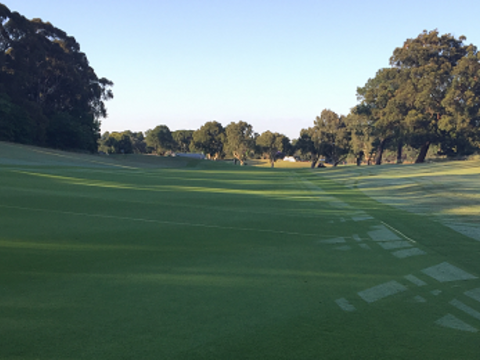Managing Flood Affected Turfgrass
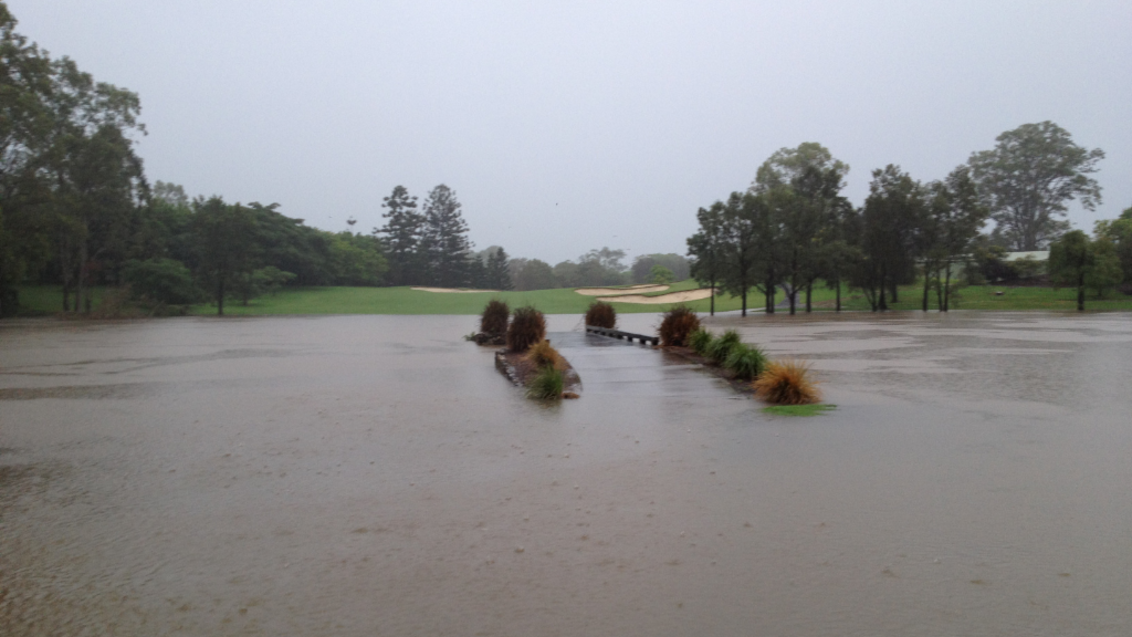
Debris and Silt Coverage
Firstly, take care and check debris before attempting to remove it as foreign objects mixed within it have the potential to cause personal injury. Depending on the velocity of the water, silt coverage may be minimal to heavy. If minimal and the turf is relatively clean, wait until the area is completely dry before mowing.
Where silt deposits are moderate to heavy then removal and cleaning of the surface should be undertaken. If possible, try and push as much silt off the surface or into piles for collection. Heavy silt deposits when left on the surface can create concerns in the soil profile from layering and cracking when dry, to surface instability when rewet due to the lack of root depth. Most importantly, heavy layers can kill turf stands by sealing the surface and blocking direct sunlight.
If access means that removal cannot be undertaken, then tilling of the area followed by replanting may be required. On smaller sand-based profiles, wash the deposits off as best as possible. Any concerns over migration of silt into the upper layer can be mitigated by hollow tyne aeration ensuring that plugs are removed and core holes filled with clean sand.
Soil Testing
Flooding and silt deposits can also alter the soil nutritional balance, so it is important that a soil test be undertaken to determine changes in nutrient levels. We recommend you do both a standard soil test and a saturated soil test. A standard soil test will determine any change in nutrient balance while a saturated test (with your water source) will determine immediate availability of nutrients to the recovering rootzone. If you have concerns over soil contamination from heavy metals or similar, there are specialized laboratories for testing such samples.
Regrowth
Turf stands which have been subjected to heavy inundation will display a lack of vigor and density until the root system dries and obtains more oxygen, and leaves start to produce energy again via photosynthesis. During this recovery period, light rates of foliar fertiliser will work in replenishing internal nutrient levels and assist in energy production for stolon and rhizome recovery.
It is important to supplement the turf as best as possible during this period as weakened turf will be more prone to pathogen activity. Most activity during the recovery will be in the foliage so it is always a good idea to consider using a broad spectrum fungicide like HERITAGE® MAXX or DACONIL WEATHER STIK®.
You also need to be aware that unknown weed seeds and physical material have potentially been deposited on the turf. The timing of seasons will impact the emergence weeds which tend to be opportunistic in their growth between the recovering turf. It is therefore important to ensure that the correct chemistry is selected to stop weed germination while not inhibiting turf recovery. BARRICADE® Herbicide for example provides long-lasting weed control but is best used in established turf. For recovering turf, PENNMAG® Turf Herbicide is recommended as it is primarily absorbed by the emerging leaf of the germinating weed and has a lower impact on turf roots.
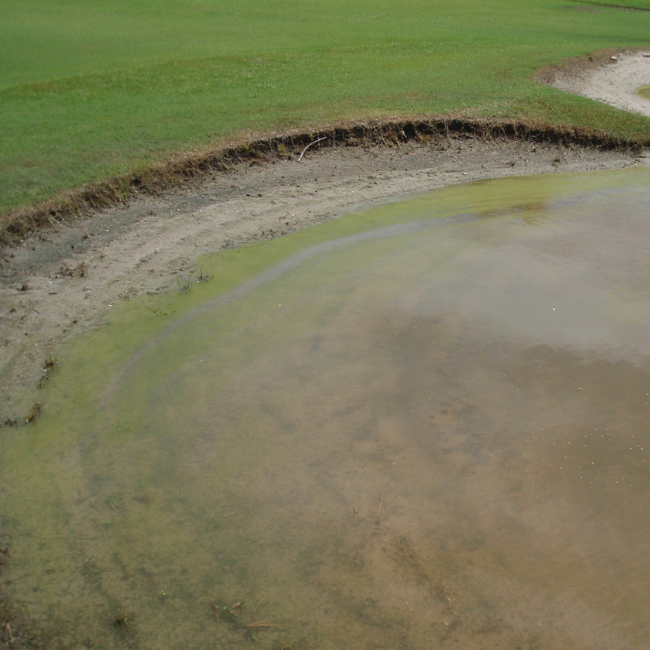
Ongoing
Once growth, coverage and intended use is back to normal some areas which may have been partially inundated can likely result in different growth patterns to the remainder of the stand. These areas may require different management approaches so it will be important to maintain good data and record keeping. Syngenta have a range of digital tools available to assist you which can be found on our website at syngentaturf.com.au
For any assistance during flood recovery please contact your preferred supplier or Syngenta Territory Manager.

